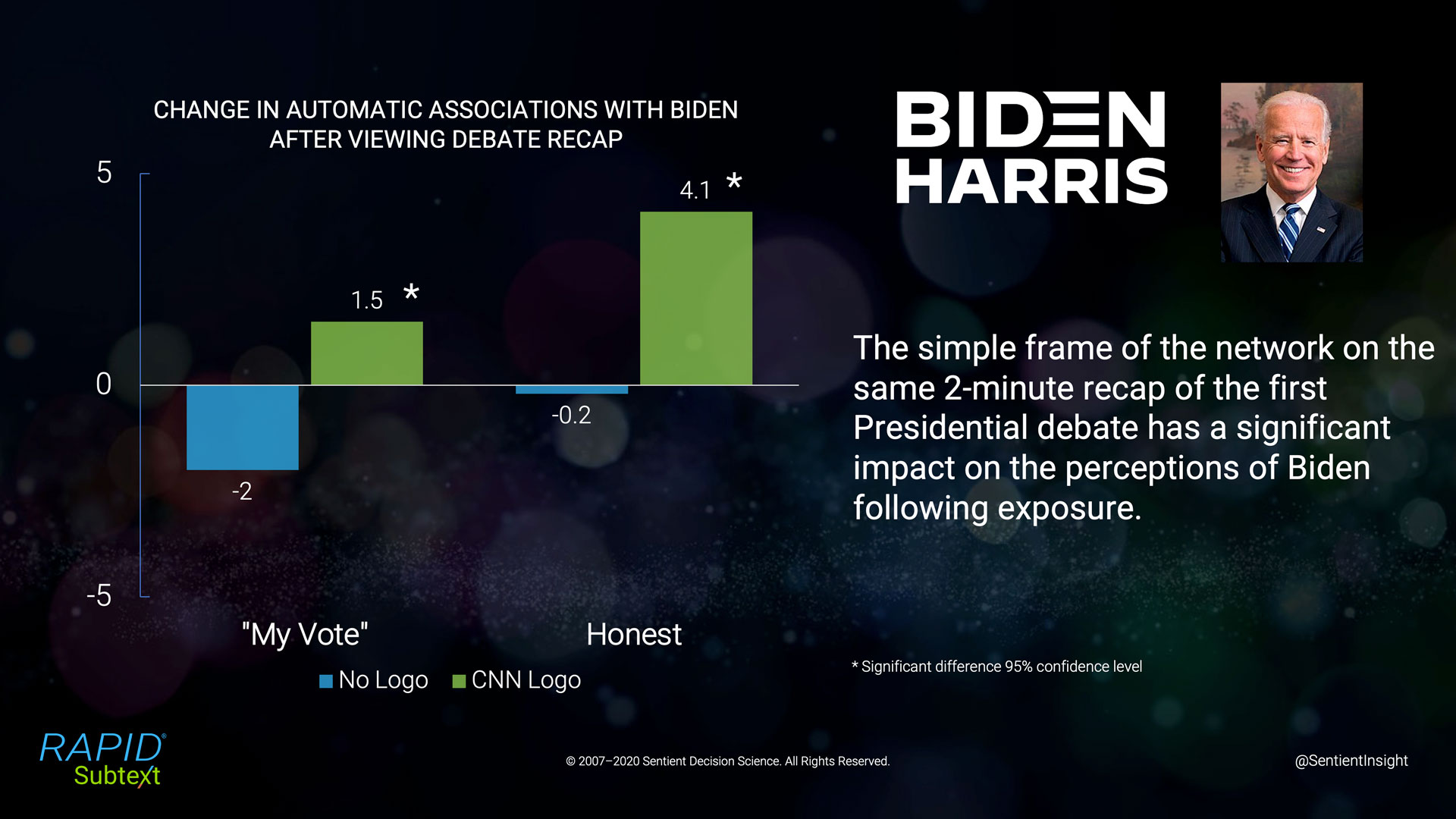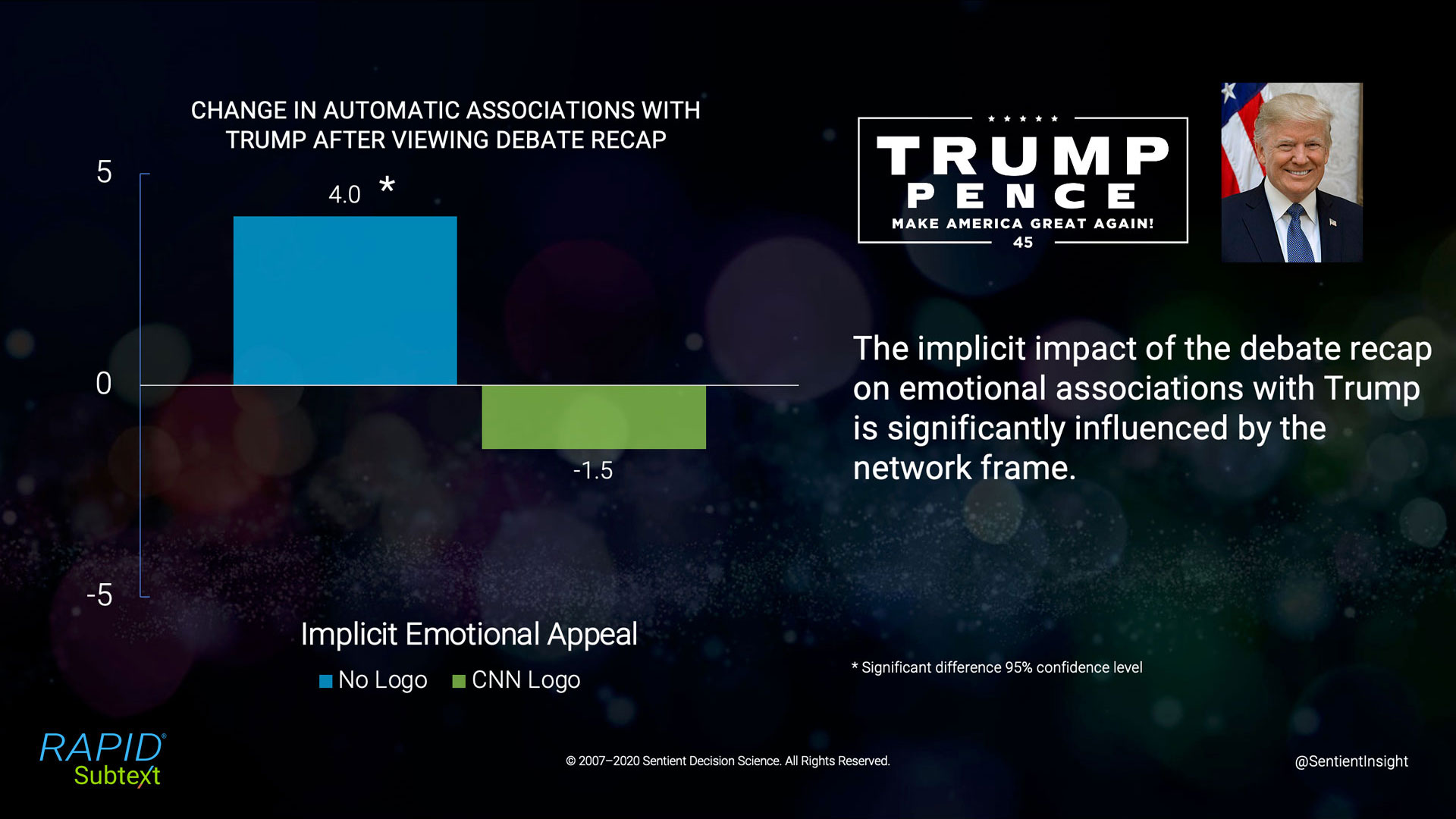What’s in a Frame?
- Custom Research
Framing effects are one the first principles you learn when studying behavioral economics. Kahneman and Tversky introduced the concept to our discipline in the 70’s. It turns out that people will make different decisions, using the same objective information, depending on whether the outcome is framed as a gain or loss.
The classic illustration?
600 lives are at risk. You’re the decision-maker and you have 2 options, which would you choose?
Gains Frame:
Option A: 200 people will be saved.
Option B: There is a 1/3 chance that 600 people will be saved, and a 2/3 chance that 0 people will be saved.
Loss Frame:
Option A’: 400 people will die. Option B’: There is a 1/3 chance that 0 people will die, and a 2/3 chance that 600 people will die.
Options A and A’ are objectively the same. But emotionally, they are far from equal.
In the gains frame, the majority (72%) of people choose Option A (200 people will be saved). However, when framed as a loss only 22% of people choose Option A’ (400 people will die). These findings gave rise to a rich literature on the importance of framing in determining choice behavior including the principles of loss aversion, risk-seeking versus risk-aversion, and the formed the foundation for Tversky and Kahneman’s influential Prospect Theory of decisions under risk.
But what of the emotional experiences that precede choice? Does the frame of an experience, influence the emotional experience itself? Our research indicates that it does, profoundly.
In a recent study on the emotional experience of watching Presidential debate recaps, we found evidence of how a simple frame (media network source of the information) on the recap highlights can have a dramatic effect on the expression of an emotional experience by viewers.
The design was simple.
- Take a 2-minute recap of the first presidential debate (we used the first 2 minutes of the debate recap from CNN posted the morning after the debate)
- Randomly assign viewers to one of two viewing conditions:
- with CNN logo (A)
- without the CNN logo (A’)
- Measure the expressions on the faces of viewers during the experience
The Results?
In this video you’ll note the dramatic difference in viewer expressions during the viewing of the same 2-minute recap by CNN of the first debate.
The first moment of note (:30) is the divergence of emotional expression between the two groups when Trump says “you just lost the left”, and Biden’s response “folks do you have any idea what this clown’s doing?”. Without the CNN logo as a frame, this exchange results in negative emotional expressions on the faces of viewers, however, by simply overlaying the CNN logo as a frame for the information, we see a dramatic rise in positive expressed emotion after Biden’s response.
From that point on, you’ll note that the emotional expression of the viewers in the CNN frame condition are consistently more positive than viewers in the condition that have no frame on the source of the information. Also of note is difference in emotional expressions when Chris Wallace asks Trump is he is willing “to condemn white supremacists”. Those in the CNN frame condition respond positively, especially when Biden says “do it!” (1:32), while those in the condition without the CNN logo express negative to neutral reactions.
This evidence suggests that the mere frame of the same information can have a significant effect on the emotional experience and expression of that experience.
You may be asking, does that difference in emotional experience lead to differences in preference for the candidates after the experience. You bet it does.
Biden gains a point on “my vote” when the CNN logo is present, and loses 2 points when it is absent. Biden is also viewed as more “honest” after viewing the clip with the CNN logo (+4 points), and sees no lift in “honest” (-0.2 pts) when it is absent.
Importantly, we see the reflection of those results for Trump. Trump loses 2 points in implicit emotional appeal when the CNN logo is present, and gains 4 points when it is absent.
So, what’s in a frame? What if that isn’t the right question? If we really want to know how our media is making people feel, the more important question may be “what is the frame?”.
To learn more about how framing can influence viewers reaction to your media, reach out to us.
Our Implicit Impact
Sentient Decision Science is making an impact on the MRX industry. Learn about our research and the success stories we share with our clients from around the globe.


Creating a Sonic Identity Profile Sentient Consumer Subconscious Research Lab
A Sonic Identity is as important as any other form of communication when it comes to branding. Learn [...]


Emotional Intelligence on the Presidential Election Sentient Consumer Subconscious Research Lab
Sentient is tracking the 2024 presidential election using our patented implicit technology. Analyzin [...]



